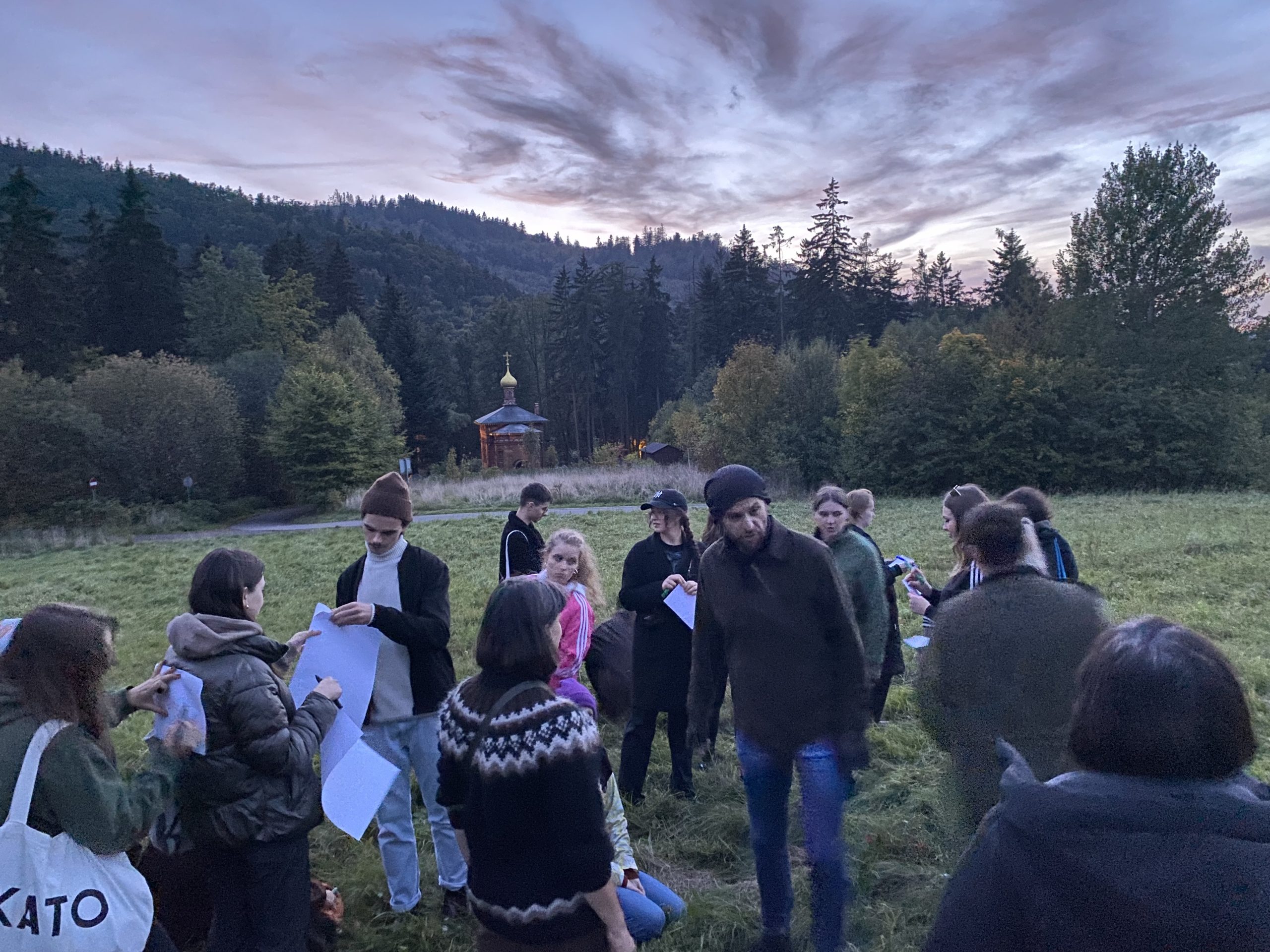Despite technological progress and space exploration achievements since then, the sky remains a mysterious entity, somewhat isolated from the rest of the landscape for most of us. When we look at the clouds, we don’t see climate changes, nor can we identify our position in space. The sky appears to be a static and transparent backdrop for the phenomena happening on Earth. In reality, it is a dynamic entity that changes under the influence of human activity. We continually identify new types of clouds, and those our ancestors observed have probably disappeared, much like many contemporary species of plants and animals.
The exercise proposed below is an attempt to document local “sky reserves.” Its aim is to sensitize the audience to the changes occurring in their immediate environment and make them aware that changing clouds are part of this ecosystem. The questions in the instructions aim to redirect thinking about the landscape towards the accompanying atmospheric phenomena and broaden our perception of the space around us.
The exercise can be performed by anyone, regardless of manual skills.
Instructions:
- Prepare a supply of sketching sheets, preferably in the same format – for example, A4 folded in half and cut.
- Choose drawing tools. You can decide to use one instrument each time you draw (such as a black marker) or select tools depending on the observed weather (pencils of various thicknesses, crayons, paints). Your chosen tools determine the final effect – they can be abstract and geometrized sketches or realistic representations, but try to maintain consistency over time.
- Look out the window and choose a portion of the observed sky. Try to make a 3-minute sketch from this perspective each day, remembering to note the date and time of its creation.
- Repeat observing and sketching your sky for at least a few weeks. After accumulating a larger number of sketches, arrange them side by side to see as much as possible at once.
- Examine the resulting timeline carefully. Do you notice any patterns or recurring schemes? Do you remember the weather on specific days? Or maybe you can recognize times of the day based on the drawings?
- Continue sketching and observing the sky for any period. Take notes on your thoughts related to observations – perhaps you will start to perceive your space differently or learn to recognize upcoming weather changes.
Author: Zofia Gala
